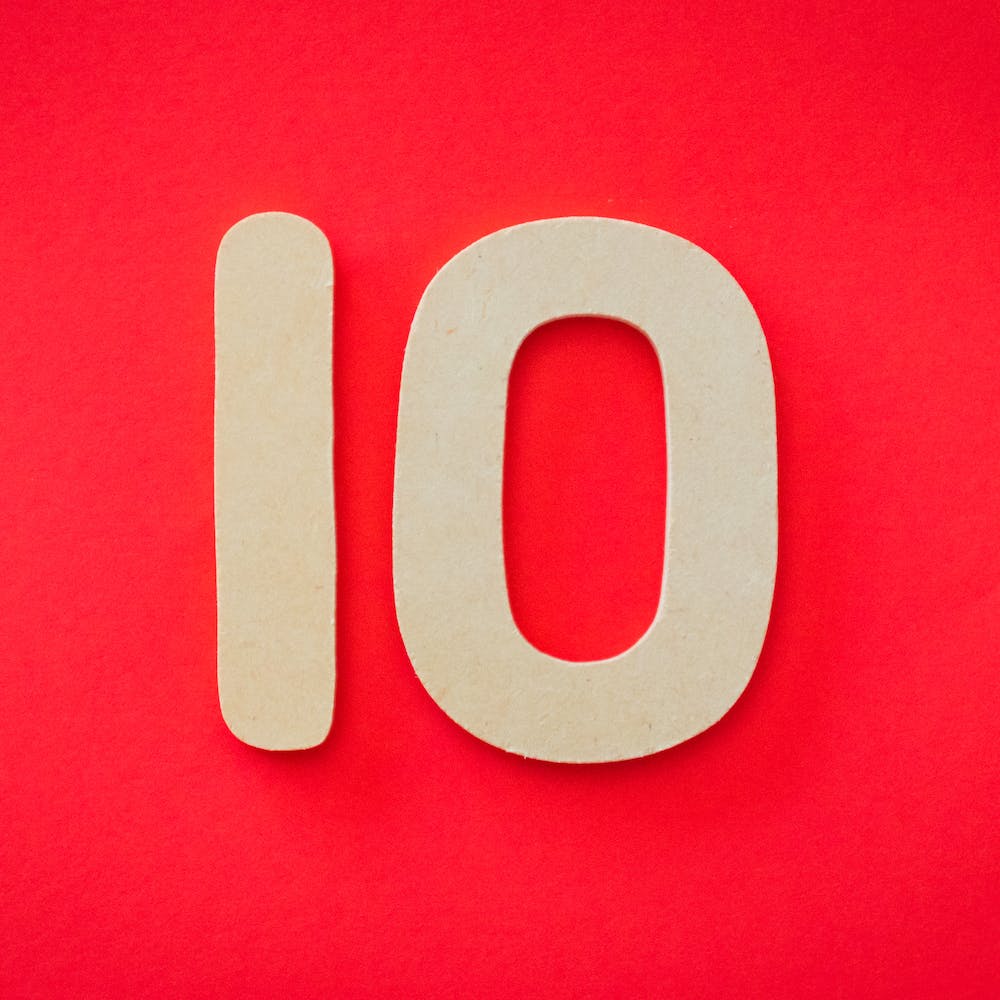What is ISO 9001?
ISO 9001 is a quality management system, QMS in short, that basically gives an outline or a foundation of how a company should operate to ensure that it meets customer requirements. Before going into more detail, let’s start by explaining what is quality. So quality is effectively meeting customer requirements. A quality management system is to have the systems required in place to consistently meet customer requirements.
Now, by having the right system in place, your business can ensure that a consistent product or service is given to clients every time they purchase from your business, irrespective of who the person serving the client is. Whether it’s someone who’s been working with the company for a very long time or someone who has recently joined the company, there should be no difference from the client’s experience as each and every client expects a pristine service and or product to be delivered each and every time.
So quality is the fact that customer requirements are met. A quality management system is to have the system needed in place to ensure that customer needs are consistently being met.
But what makes a quality management system?
And here I’d like to explain that a quality management system is effectively split into three main sections, three main pillars if you’d like. First of all, you have the key processes. Each and every company has four types of processes, sales process, purchasing process, operational processes and design and development process. Now, each company might have more than one process within the category for each of these key processes. For example, for the sales process, there might be sales by tenders, sales by quotes, direct clients, retail, and more. A business might have one or more of these processes and each of these would be mapped out following the steps required within the sales process.
The purchasing process relates to purchasing either from local or foreign suppliers. The key products or services needed by the company to operate. Here we’re not talking about trivial stuff, but about products or services that are either resold directly or indirectly to their clients. Else, we can also talk about services that are critical for the operation of the company, for example, IT services. So that relates to purchasing.
Operations vary from one company to the next. This relates to the main activities done by the company to meet the requirements of the clients. It might be installation, it might be software development, it might be the shift within a restaurant, or serving a client, or it might even be the installation of a gypsum board. It might be various things depending on the operation of the company.
And the design and development process is effectively that activity whereby we translate customer requirements into product specifications. In the first part of the quality management system, we have talked about the key processes of the company which are the sales, purchasing, operations and lastly, the design and development. For these, I do not like to create specific procedures. In fact, as a management system consultant, I despise bureaucracy, thus, I steer clear from using procedures for these processes. Instead, I make use of flowcharts. Flowcharts are designed in a shape and way as to make them easily understood by all people in the organisation.
That is essentially the first part of the answer to the question “What is ISO 9001?”
The second part to the question “What is ISO 9001?” relates to the supporting systems.
The supporting systems relate to activities that your client does not directly pay you to perform, but if you do not do them, you cannot achieve a consistent service provision. For example, you should have a training plan and training records in place, have regular equipment maintenance and supplier evaluation, complaint management, and customer feedback These systems must be in place, systems that are not necessary for the customer to receive a product. But with these supporting systems, such as the training plans, employees will be knowledgeable of what must be done and how they have to do it in order to provide a satisfactory product or service, hence meeting the requirements and expectations of the clients.
Other elements like for example getting feedback from customers is key because it allows the company to understand where it can improve. Equipment maintenance is critical since it will ensure that all equipment is available and running properly to render the product or service to the client. Evaluating the supplier is important because it will give you a good overview of which supplier better serves the company, helping the company to identify and weed out the weaker suppliers.
Complaint management and corrective and preventive actions are important as they form part of the 5 step system to continually learn and improve based on our mistakes. So the supporting system is vital since it provides the critical support that the main processes need to thrive, without ineffective supporting systems, the key processes will likely fail to work in a synchronized matter.
Lastly, we also have the third element of the quality management system, with the first two being the key processes and the supporting system. The third element of the question “What is ISO 9001?” relates to certain information regarding the QMS that we should give to ensure that we are headed in the correct direction. This relates to elements such as who the interested parties are within the organisation, such as employees, shareholders, clients, suppliers, or even the government – and the needs and expectations of these parties. This enables us to make sure that we are creating a management system that meets the requirements of all relevant interested parties.








